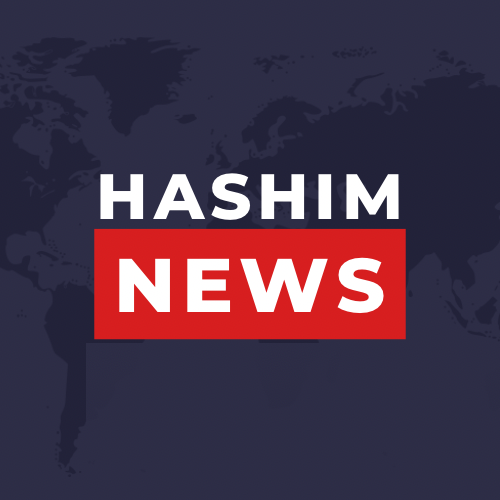Minister for Fisheries and Aquaculture Development, Mrs Emelia Arthur.
The Government of Ghana has approved the establishment of the country’s first-ever Marine Protected Area (MPA) within the Greater Cape Three Points area of the Western Region.
This landmark decision, announced by the Minister for Fisheries and Aquaculture Development, Mrs Emelia Arthur, marks a major milestone in Ghana’s ongoing efforts to promote the sustainable management of marine resources, protect biodiversity, and support the livelihoods of coastal communities that depend heavily on fishing.
Speaking at a press briefing in Accra, the Minister said Cabinet’s approval on Tuesday, 7th October 2025, demonstrates the government’s “dedication to responsible stewardship of Ghana’s marine resources and its commitment to the well-being of fishing communities.”
Addressing Challenges in the Fisheries Sector
Ghana’s marine fisheries have faced increasing pressure from overfishing, habitat destruction, pollution, and illegal, unreported, and unregulated (IUU) fishing. These challenges have contributed to declining fish stocks, forcing the country to import over 79,000 metric tonnes of fish annually to meet local demand.
While several policy and legal frameworks — including the Fisheries Act, 2002 (Act 625) and the National Co-Management Policy (2020) — have been introduced to improve governance and sustainability, scientific assessments show that more targeted measures are needed to reverse declining fish populations, particularly small pelagic species.
To address these challenges, the government is now adopting spatial management tools such as Marine Protected Areas, which have proven effective in restoring marine ecosystems and improving fishery productivity globally.
Greater Cape Three Points: Ghana’s First MPA
The Greater Cape Three Points area, covering approximately 700 square kilometres from Ampatano to Domunli, has been identified as the most suitable site for Ghana’s first MPA. The area serves as a critical breeding and nursery ground for sardinellas and other fish species, as well as a migratory route for whales and dolphins and a nesting ground for marine turtles.
Mrs Arthur emphasized that the MPA is not intended to completely ban fishing but to promote sustainable fishing practices that balance conservation with livelihoods. “Protecting this area will enhance fish stock recovery, improve fisherfolk incomes, create opportunities for eco-tourism, and strengthen climate resilience,” she said.
The initiative also aligns with Ghana’s Blue Economy Strategy, which seeks to develop “blue wealth” — including fisheries, aquaculture, and tourism — while promoting “blue health,” focusing on ecosystem restoration and biodiversity protection.
Extensive Stakeholder Engagement
The Ministry of Fisheries and Aquaculture Development, in collaboration with the Fisheries Commission and development partners, has undertaken extensive consultations across 21 fishing communities involving more than 7,000 stakeholders, mainly fisherfolk and traditional authorities.
A Technical Advisory Committee comprising government agencies, researchers, and civil society organizations also provided guidance to ensure the MPA’s design meets international standards and enjoys community support.
According to the Minister, a mixed-use approach will be adopted — allowing regulated fishing activities within designated zones — to safeguard livelihoods while ensuring ecological sustainability.
Legal and International Commitments
The establishment of Ghana’s first MPA reinforces the nation’s commitment to several international agreements, including the UN Convention on the Law of the Sea (UNCLOS), the Convention on Biological Diversity (CBD), the Abidjan Convention, and Sustainable Development Goal 14 (Life Below Water).
Domestically, the initiative aligns with the 1992 Constitution of Ghana, the Fisheries and Aquaculture Act (Act 1146), and the Marine Fisheries Management Plan (2022–2026).
Next Steps
Following Cabinet approval, the Ministry outlined the following actions:
Mapping and gazetting the Greater Cape Three Points MPA
Engaging other ministries and agencies to support implementation
Making a public declaration of the MPA
Collaborating with local communities, NGOs, and faith-based organizations on management plans
Conducting public education and sensitization campaigns
Developing monitoring and enforcement mechanisms
Identifying alternative livelihood options for affected fishers
A Call for Collaboration
Mrs Arthur concluded by calling for broad-based collaboration among all stakeholders to ensure the success of this historic initiative.
“The approval of Ghana’s first Marine Protected Area is a bold step toward building a sustainable blue economy — one that protects marine life while supporting the livelihoods of our coastal communities. Together, we can secure our oceans for current and future generations,” she said.
Source: GBC




















0 Comments